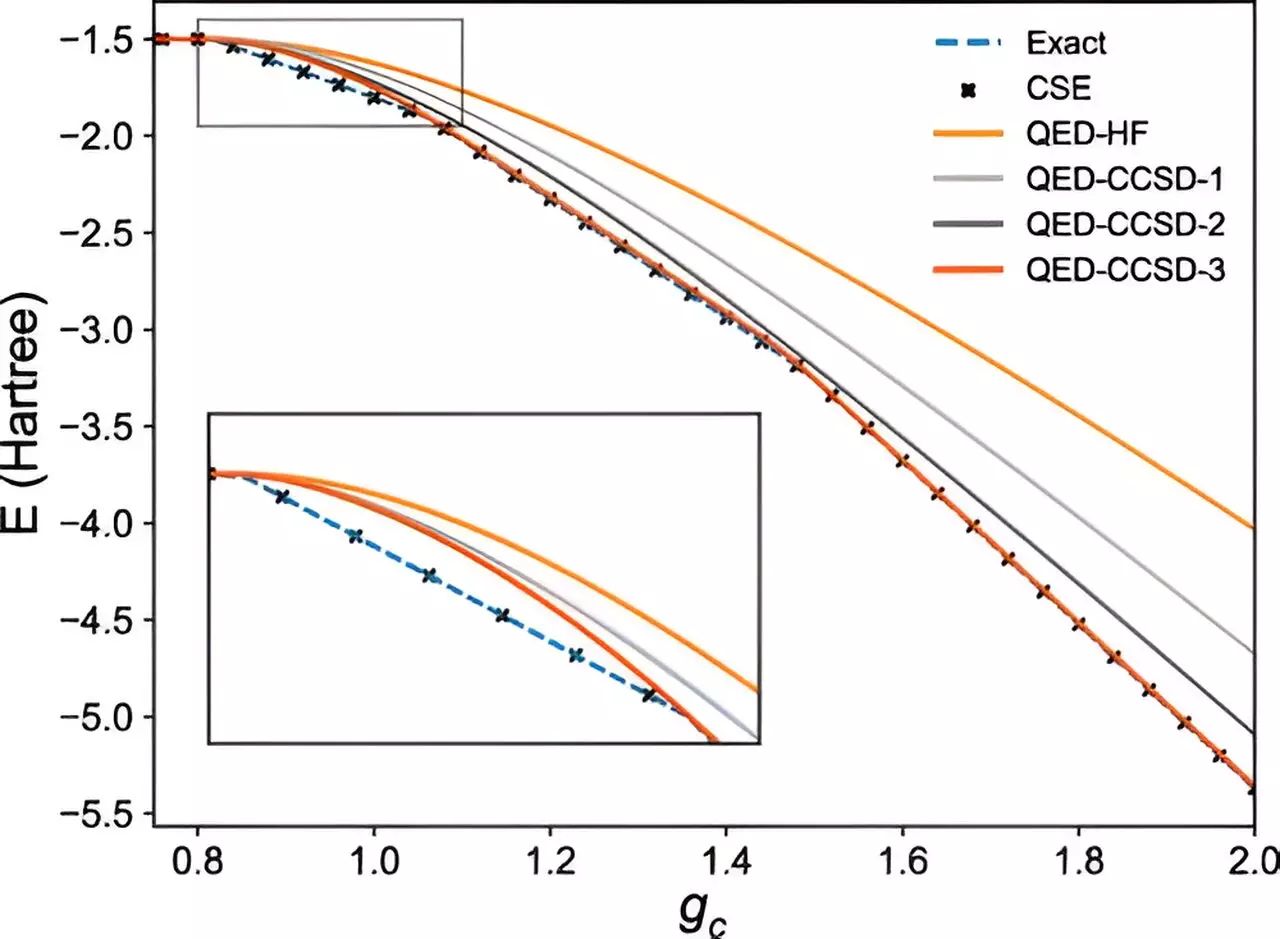The study discussed in the original article revolves around a new approach to understanding the interactions between electrons and light, with potential applications in the development of quantum technologies and the exploration of new states of matter. While the topic is undeniably intriguing and important in the realm of quantum physics, there are several critical points that need to be addressed regarding the content and implications of the research.
The article highlights the complexity of quantum systems that involve multiple types of particles such as electrons, photons, and phonons. It mentions the challenges associated with calculating the wave function of such systems accurately. While this is a valid point, the article lacks a detailed explanation of the specific complexities and nuances involved in these calculations. It would have been beneficial for the reader to have a more in-depth understanding of the technical aspects of the research.
The researchers in the study propose an “ansatz” as a theoretical approach to predicting interactions in many-body quantum systems. They claim to have generalized this approach to accommodate systems with multiple types of particles and have successfully demonstrated its application on a quantum computer. However, the article does not provide enough information about the validation of these hypotheses or the specifics of the experimental methods used in the simulations. Without transparency regarding the experimental procedures and results, it is challenging to assess the reliability and credibility of the study.
Implications for Quantum Computing and Applications
One of the key claims made in the article is the potential for using quantum computers to model important molecular problems related to light-matter interactions, particularly in the field of polaritonic chemistry. While this prospect is undoubtedly promising, it is essential to consider the limitations and feasibility of implementing these theoretical concepts in practical applications. The article lacks a discussion on the scalability and efficiency of using quantum devices for such modeling tasks, raising questions about the real-world utility of the proposed approach.
The researchers involved in the study suggest that their findings could lead to new perspectives in the study of states of matter and open up possibilities for manipulating light-matter interactions. While these potential outcomes are tantalizing, it is crucial to temper expectations and consider the long-term implications of such research. Without a thorough analysis of the broader implications and future directions of the study, the article leaves the reader with a somewhat superficial understanding of the significance of the findings.
While the study on quantum particles and light interactions holds promise for advancing our understanding of complex quantum systems, there are significant gaps and limitations in the information presented in the article. A more critical analysis of the research methods, experimental results, and practical applications is necessary to fully assess the impact of the study on quantum technologies and scientific advancements. By addressing these shortcomings and providing more comprehensive details, future research in this field can build upon the foundation laid by this study and push the boundaries of quantum physics even further.

